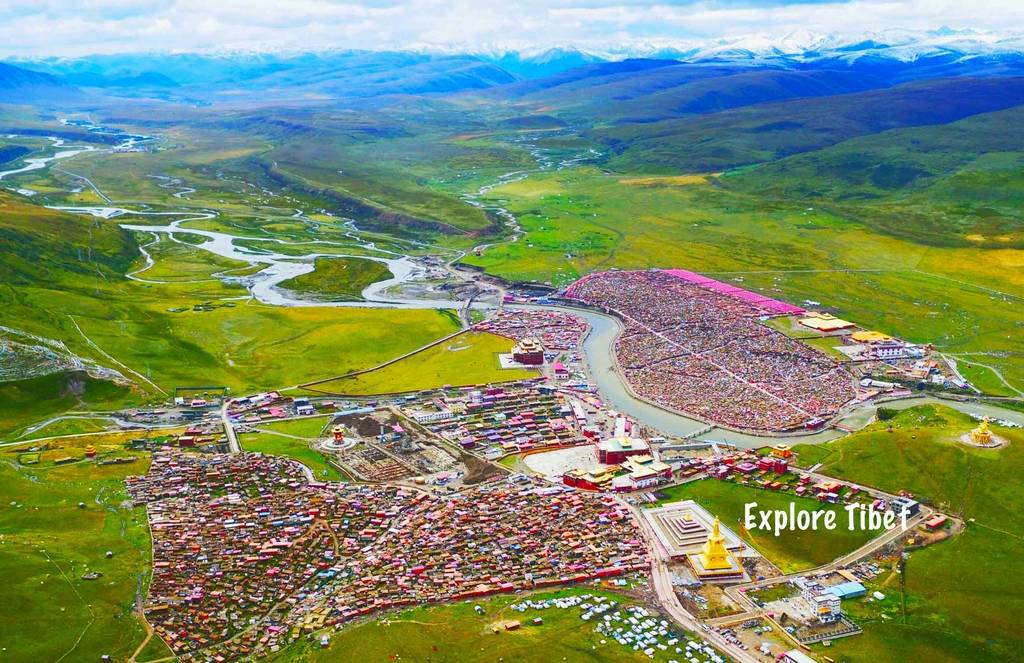
Yachen monastery is located in Pelyul county of Garze Tibetan Autonomous Prefecture, in Sichuan province, China. It is lies 4000m above the sea level at the isolated valley of Pelyul county. The valley is 400km away from Chengdu. The best season will be in the month of July to mid-August and the landscape is quite amazing. Monsoon rains bring regular flooding; on my visit, ankle-deep raw sewage flowed into the streets on more than one occasion. During the winter season, the temperature sometimes plunges to minus 25 degrees and it’s windy and dry too.
The monastery is built on the principles of the Nyingma Tradition of Tibetan Buddhism. It was built in 1985 by Khenpo Achuk Rinpoche, who is one of the senior most Nyingma masters in the Tibet. He was born in Kham, eastern Tibet in1927. Arik Rinpoche was one of the most respected masters of his life as he empowered him as a holder of his lineage, conferring on him all of the advice and instruction of Lamdre cycle and the Dzogchen lineage. He is an incarnation the great treasure reliever (Terton) Rigdzin Longsal Nyingpo of Kathok Monastery in the eastern Tibet. He was the head of the Nyingma Sect in Tibet. He spent 43 years in retreat with his master Arik Rinpoche. Achuk Rinpoche began teaching after his master passed away and drawn tens of thousands of monastic and lay followers from across Tibet and China to the encampment of Yachen Gar or Yachen monastery. He is one of most renowned meditation masters of recent times in Tibet. During the cultural revolution in Tibet. He spent decades in his small hermitage, in meditation, reading the Buddhist texts, receiving students and pilgrims. He is the master of meditation as he imparted instructions on meditation.
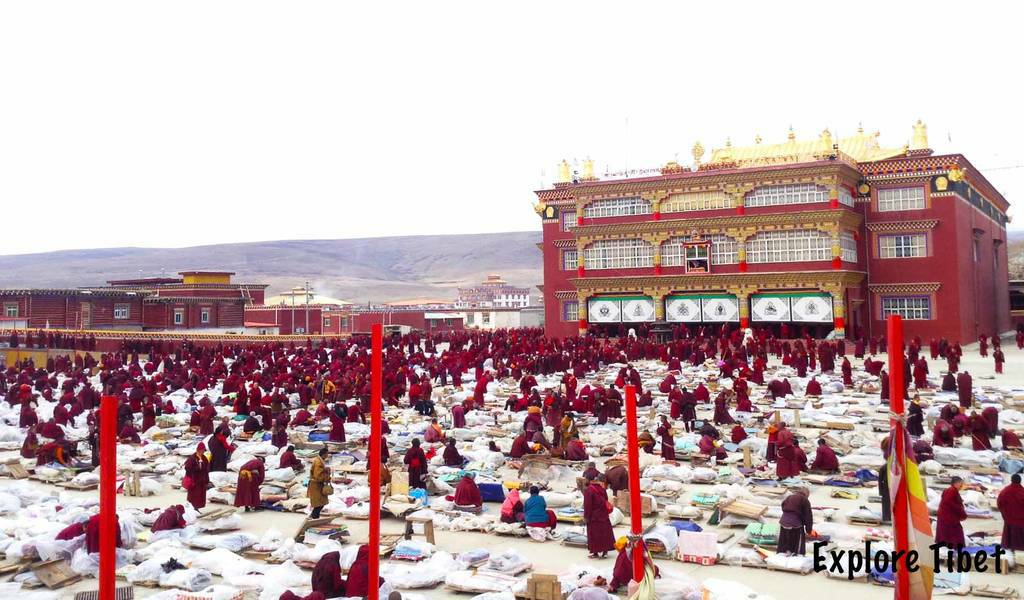
Yachen Gar also known as Yachen Orgyen Samten Choling, as they offered students a comprehensive Buddhist education, practices and realization by practising meditation for the long period of time. In the early years after the establishment, there were only a dozen disciples or followers studying and practice meditation at Yachen Gar. During that time, they study and receiving teaching from Achuk Rinpoche such as Ngondro (the Preliminary Practices), and Longsal Inductions. The students were required to practice four sessions of meditation on Trekchod and Togyal teachings of Dzogchen Oral instruction every day. His holiness Achuk Rinpoche took the examination of his disciples in front of his master Akir Rinpoche. As his master were very happy with the result of their practice and praised that they had all recognized their Rigpa (primordial awareness). From then onward the Yachen Gar became renowned institute throughout the world. The disciples were increasing exponentially year by year and followers were coming from all the parts of Tibet. Achuk Rinpoche thrown a strict discipline for the monks and nuns. They should live separately along the riverbanks and strictly abide by the individual Liberation Precepts. No man is supposed to enter into the nunnery.
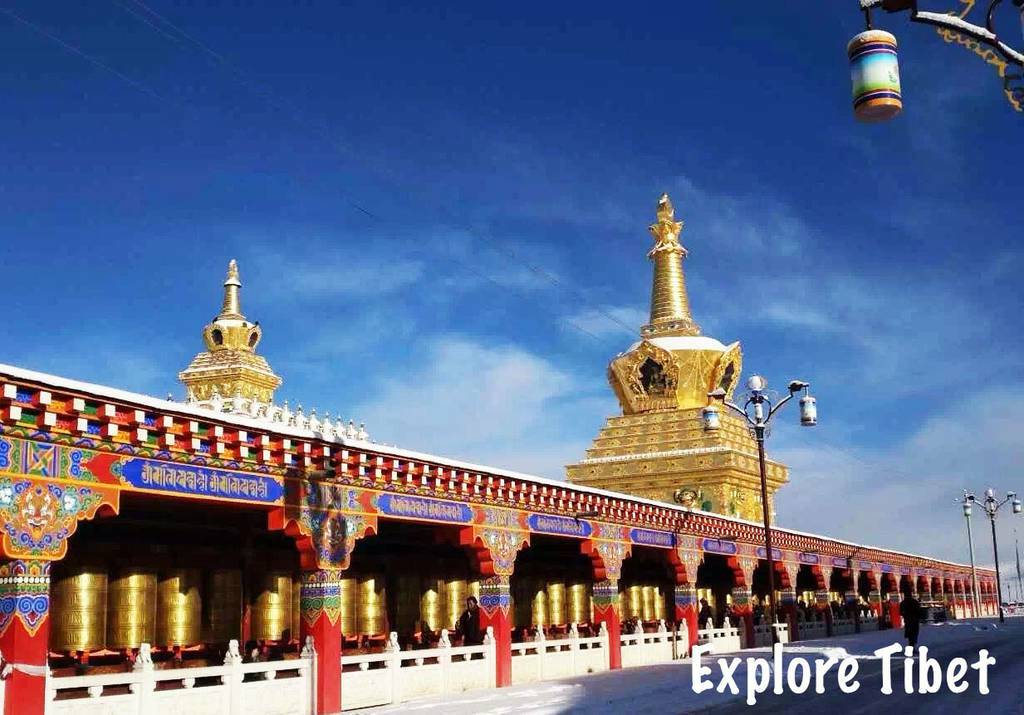
In fact, Yachen Gar is famous for meditation practices, extensive listening and contemplation are also advocated. The meditation practice must be guided with an understanding of Dharma obtained from listening and contemplation. As the more and more practitioners have revealed the sign of attaining the ultimate realization of practices and the inconceivable achievements in this sacred place where huge sublime conditions are met. The master of Serta Gar’s Khenpo Jigme Phuntsok also praised many times as Yachen Institute is a Unique place for the transmission of Dzogchen teachings.
These days there are around 10,000 practitioners from different parts of Tibetan region. Most of them are nuns. In recent years they constructed a new nunnery as the number of nuns is overflow. Their residences are located near the river bank. The most of the houses are made up of muds and woods. The monastery is surrounded by hills of grassland and there is vast plain grassland near the monastery. Usually, that is used as teaching venue during the religious ceremonies as thousands of followers comes to receive teachings and transmissions every year. As the outsider is not supposed to stay inside the monastery campus so people who came for a pilgrim or receive teachings from Khenpo used to camp out at vast grassland in the small tents for few days. There is two main entrance from the river banks.
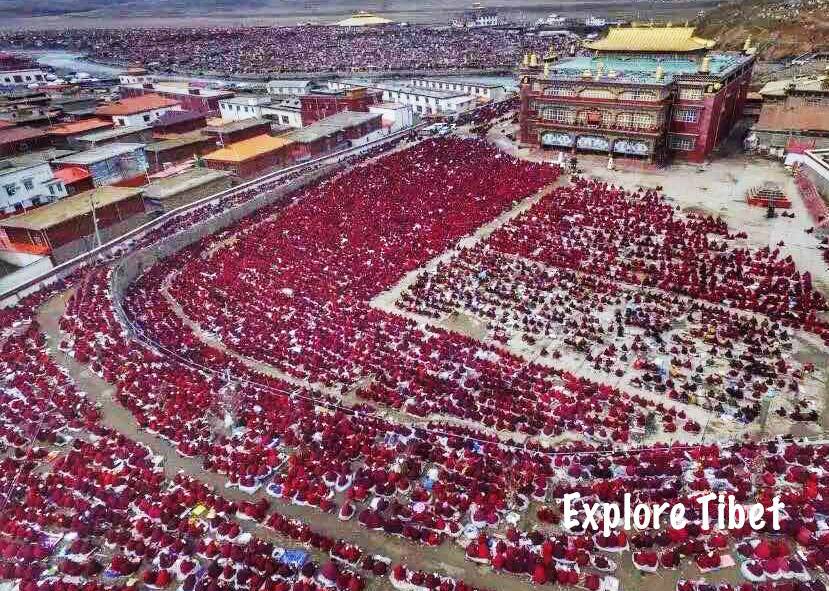
The main building is located at the side of campus on the small slope of the land. The nuns and monks study all season long even in this harsh winter. Yet this doesn’t deter them. During winter meditation sessions, it is kind of test for them from the cold as with nothing more than a blanket to cover practitioners from the harsh windy cold weather. The reward for this remarkable display of self-deprivation and faith is the chance to learn first-hand from some of the most renowned figures in Tibetan Buddhism. Currently, there are few masters such Tulku Asong, Khenpo Choe Kyi Nyima and Nong Nyingpo are the living Buddha for those practitioners. Those nuns are not only dedicated to their studies and practice Tibetan Buddhism but they are also responsible for works that benefit for their institution such labouring for the construction of house and road within the campus. They cook for themselves and prepare for others too during religious festivals or huge gatherings. The facilities are quite improved as compare to the early decade back and even roads are much better now. So easy for the transportation of goods and rations for the nunnery.
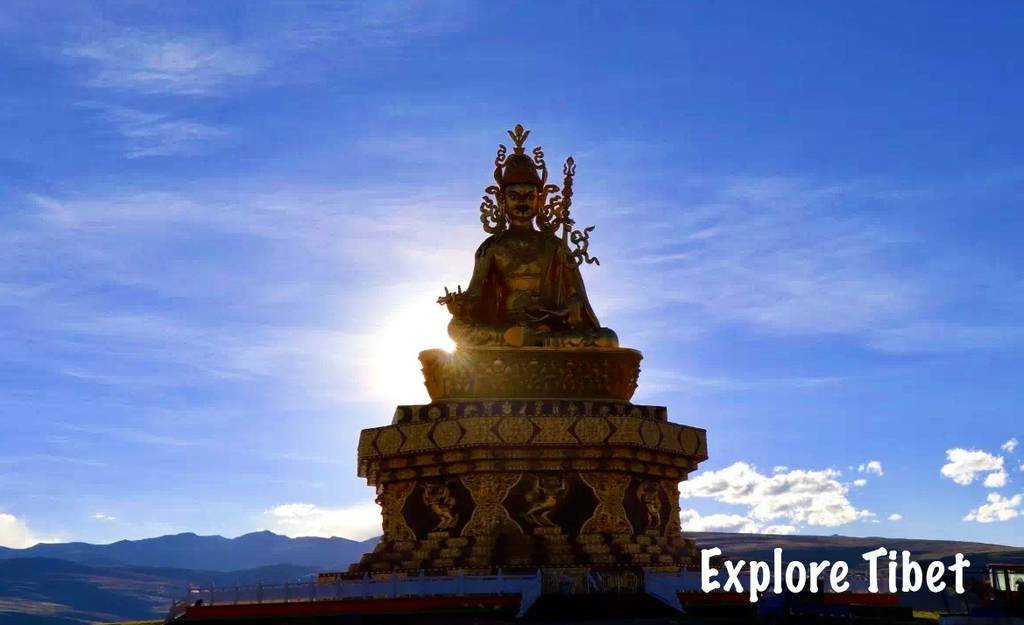
In July, the weather is nice with the clear blue sky and on that vast green grassland, the religious ceremony held. The entire population Yachen Gar gather at the venue and ceremony is graced by great masters of Yachen Gar followed by religious teaching. The nuns perform religion dance called Cham in a unique way. During that time, thousands of followers come there to witness this occasion from all over Tibetan regions and China. From the right side of the venue, there is a giant golden statue of Guru Padmasambhava facing toward monastery.
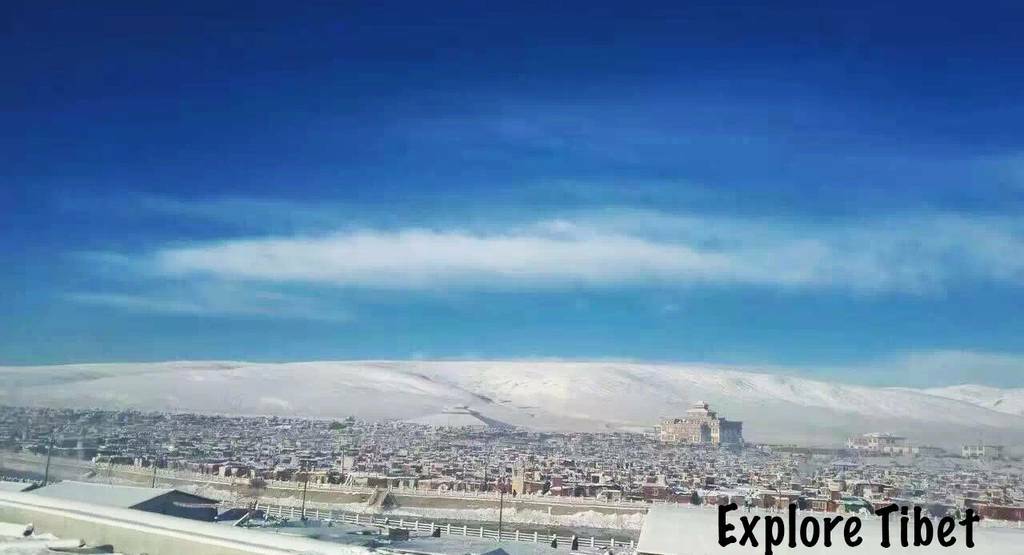
There are few guest houses and restaurants near the entrance of monastery but during religious functions and Tibetan festivals, it’s very difficult to obtain an accommodation. So it is best to book a hotel room early as possible or visit there by a week before the actual event.
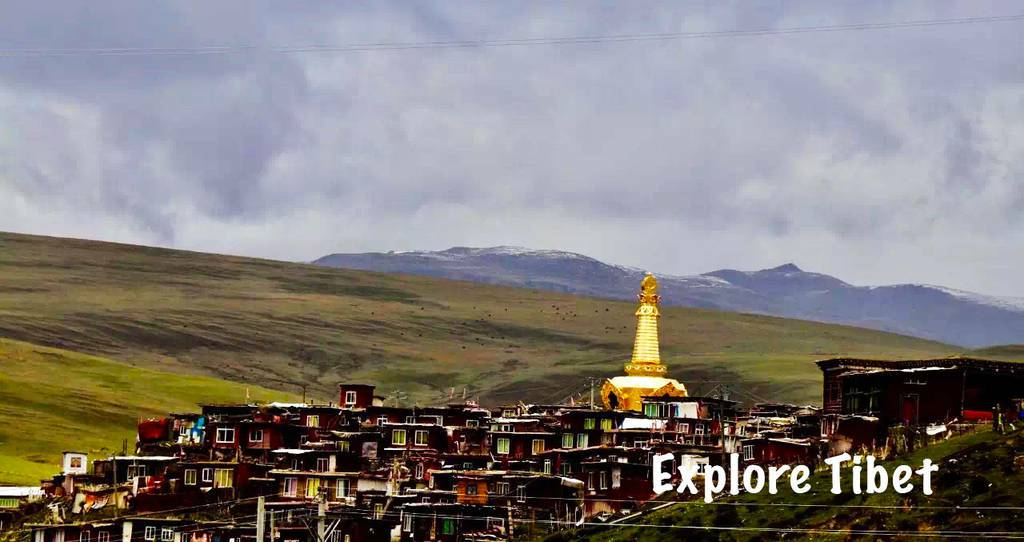
If you need more information about Yarchen Monastery or plan to visit Tibet, please feel free to contact us at [email protected].
